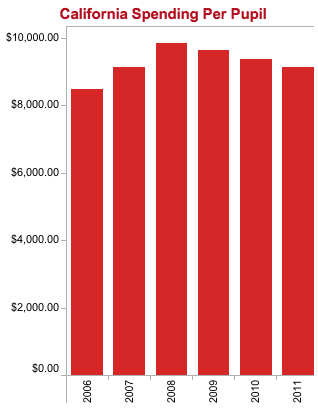Re: Visit the right places--change your tune
Sigh, no of course not. I suppose I'm having a button pushed, probably because my wife works in this area and I'm overly familiar with it. I've seen real extreme poverty up close and personal.
Originally posted by jk
View Post




Comment